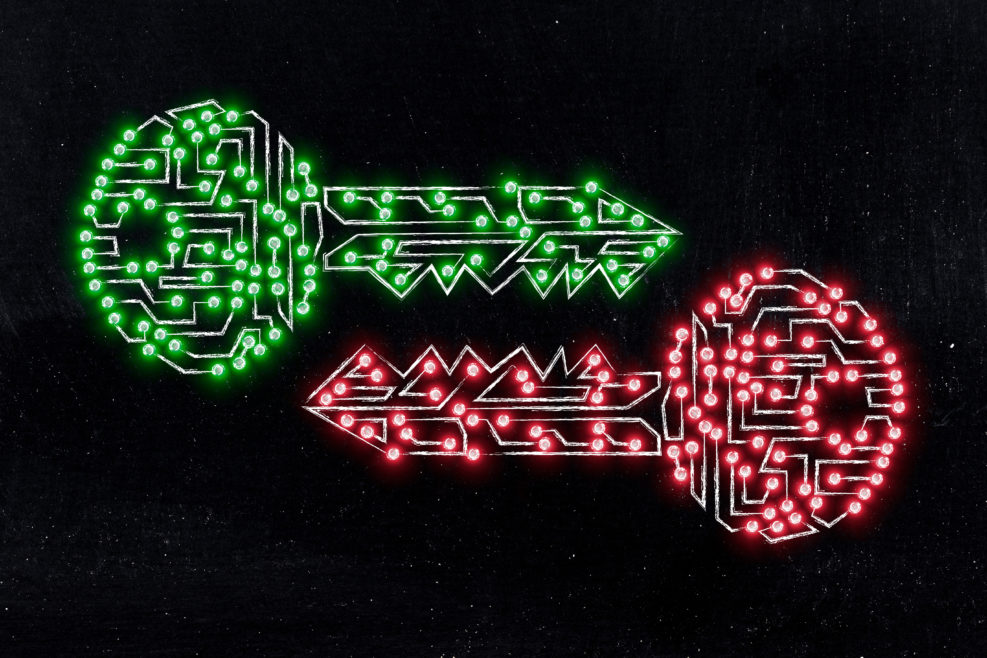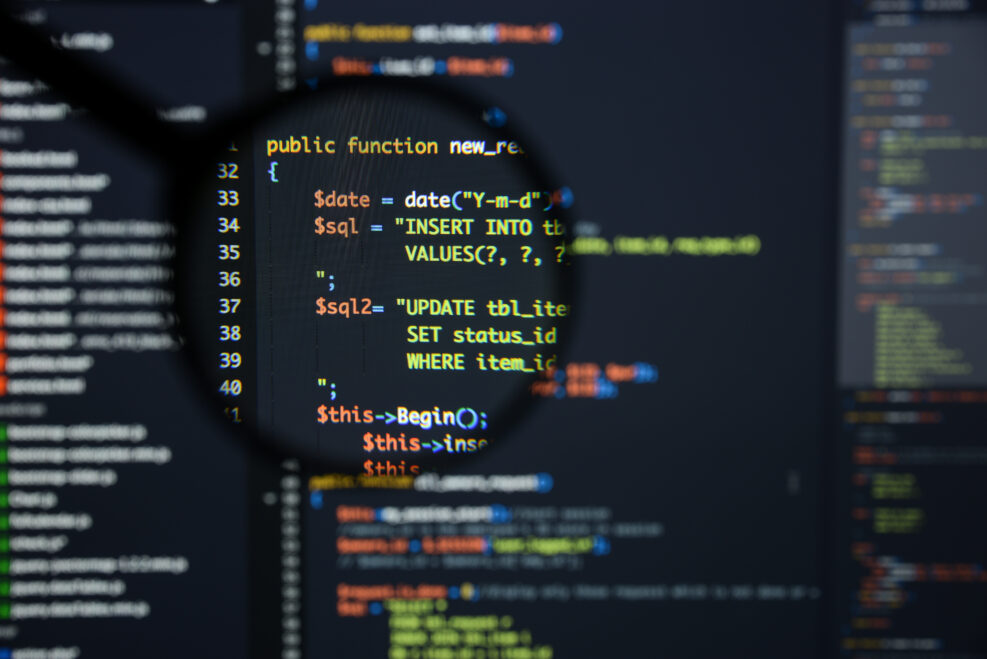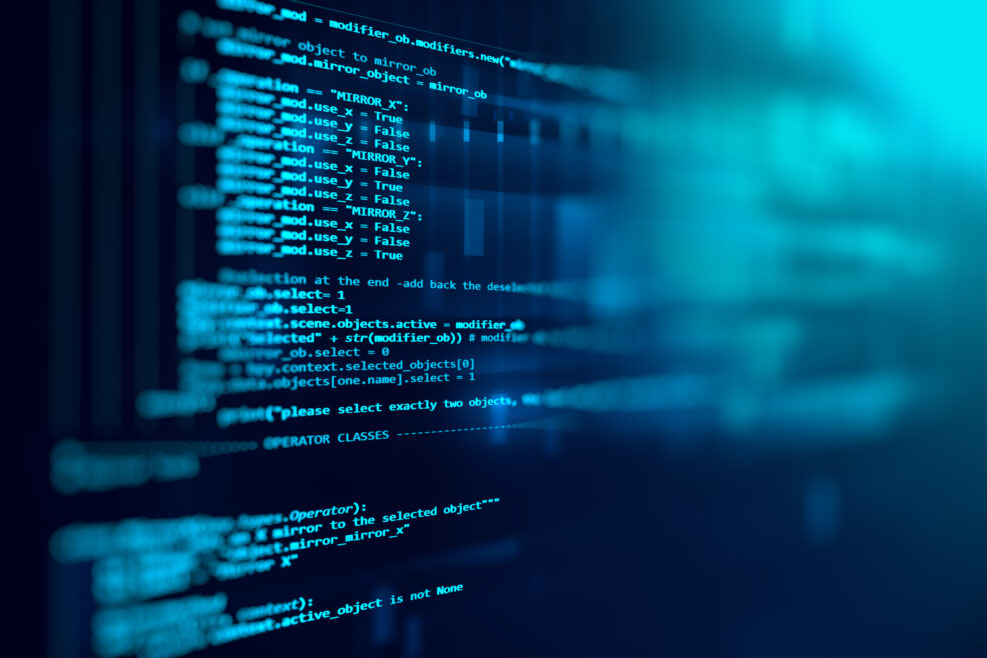
New Clue in the Problem That Haunts All Cryptography?
A string that has no description shorter than itself is a good bet for cryptography. If the hacker doesn’t know it, he can’t use shortcuts to guess it.A central problem in all computer security (branch of cryptography) is the one-way problem. Cryptography should function as a one-way street: You can go north but you can’t go south. So if a hacker doesn’t have the code to go north, he can’t go anywhere. Which is where the computer security expert would like to leave the hacker… Is there such a thing as a one-way function in mathematics? Mathematician Erica Klarreich says, probably yes, and explains what it looks like: To get a feel for how one-way functions work, imagine someone asked you to multiply two large prime numbers, say 6,547 and 7,079. Arriving at the answer of 46,346,213 might take some work, but it is eminently doable. However, Read More ›







